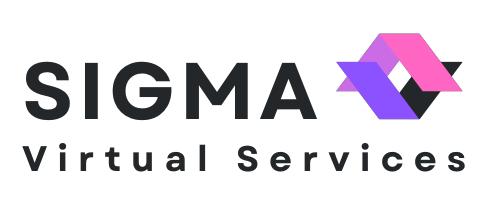Financial Projections and Forecasts: Unveiling Start-up Growth Potential
Financial Projections and Forecasts: Unveiling Start-up Growth Potential
Financial projections are the compass that guides your start-up's journey towards success. Accurate projections reflect your business's growth potential and provide crucial insights for making informed decisions. In this article, we'll dive into the art of creating precise financial projections, offering tips on forecasting revenue, expenses, and cash flow to demonstrate your start-up's promising trajectory.
The Significance of Financial Projections
Financial projections go beyond numbers; they tell a story of your start-up's future. They provide a roadmap that outlines your business's expected revenue, expenditures, and cash flow over a specific period. Investors and lenders rely on these projections to gauge your business's financial health and growth potential, making them a critical component of your business plan.
Forecasting Revenue with Realism
Forecasting revenue requires a delicate balance of optimism and realism. Begin by identifying your sources of revenue, such as product sales, subscription fees, or service contracts. Consider market research, historical data, and industry benchmarks to estimate potential sales volumes and pricing. Be cautious of overestimating; a conservative approach is often more credible than an overly ambitious one.
Estimating Expenses with Precision
Accurately estimating expenses is as crucial as projecting revenue. Categorise your expenses into fixed (rent, salaries) and variable (marketing, production costs) categories. Research industry standards and analyse past spending patterns to arrive at realistic figures. Factoring in unexpected expenses or contingencies adds an element of prudence to your projections.
Mastering Cash Flow Projections
Cash flow projections provide a snapshot of your start-up's liquidity—when money comes in and goes out. Begin by calculating your opening cash balance. Factor in revenue inflows and deduct expenses, accounting for their respective timelines. This projection helps you identify potential cash crunches and plan for financing to cover operational needs.
Sensitivity Analysis: Accounting for Variables
Incorporate sensitivity analysis into your financial projections. This involves testing your projections against various scenarios, such as changes in market conditions, pricing fluctuations, or unexpected expenses. By accounting for variables, you demonstrate a deep understanding of potential risks and showcase your preparedness to navigate uncertainties.
Growth Trajectory and Scaling
Use your financial projections to outline your growth trajectory and scaling plans. Show how your start-up plans to expand operations, enter new markets, or introduce additional products or services. This demonstrates a clear vision for capitalising on opportunities and leveraging your business's strengths.
Transparent Assumptions and Rationale
Transparency is key in financial projections. Clearly outline your assumptions while creating the projections, and provide a rationale for each assumption. Whether it's based on market trends, customer acquisition rates, or technological advancements, these transparent explanations instil confidence in your projections.
Engaging Professionals: Accountants and Financial Experts
Consider enlisting the help of professionals such as accountants or financial experts to validate your projections. Their expertise can ensure accuracy and align your projections with industry standards. Moreover, having a third-party validation can enhance your credibility with potential investors and lenders.
Navigating financial projections and forecasts is both an art and a science. By understanding their significance, incorporating transparency, and considering variables through sensitivity analysis, you can create projections that reflect your start-up's growth potential. Remember, the accuracy of your projections is a testament to your understanding of the market, your business acumen, and your commitment to realising your start-up's vision. With well-crafted financial projections, you can chart a course towards sustainable growth and attract the trust and support of investors and lenders alike.










